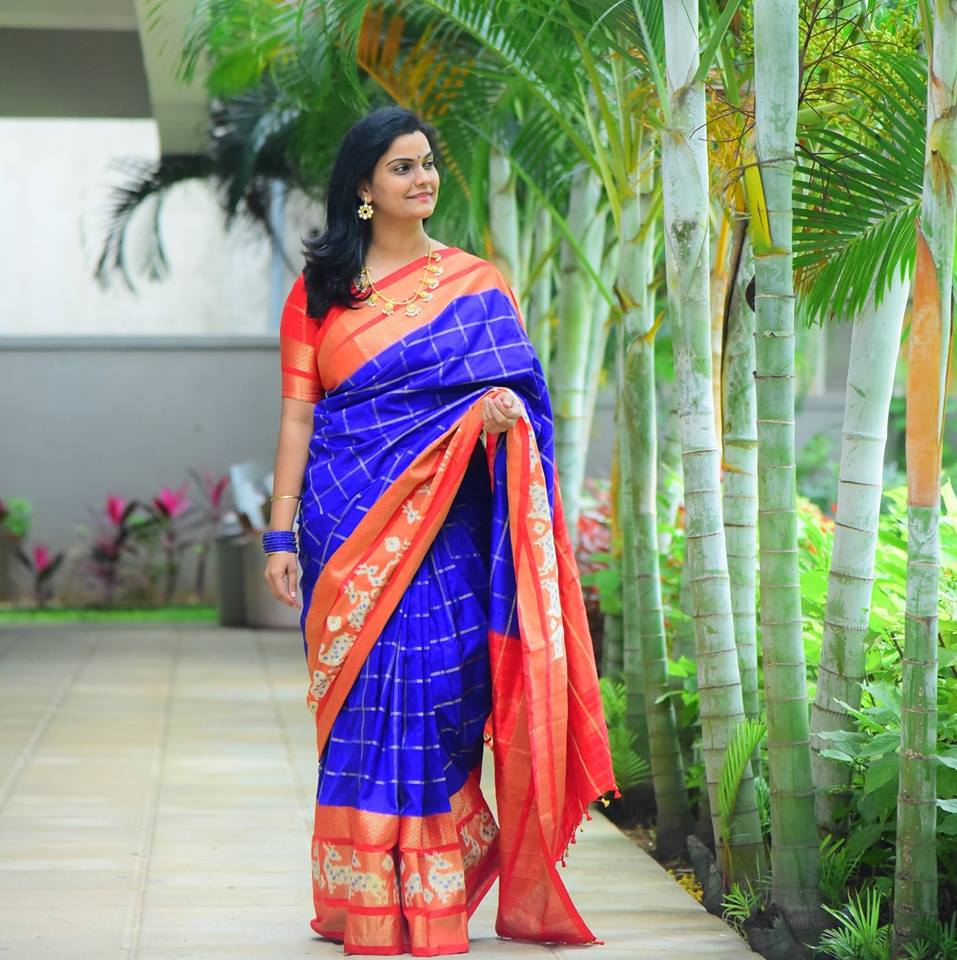Bhubaneswar: In the age of casuals, women are likely to prefer naked jeans to sarees. However, a group of women is trying to revive the majesty of sarees through a social media group DD Pact 100 sarees. The group has more than 5000 unofficial members who are working hard to generate awareness on various types of Indian sarees. They also conduct online classes on how to drape and preserve sarees. A recent workshop was held at a city hotel where the group’s east zone members held an awareness meet. Orissa Post interacted with a few members of the group to know more about their initiative.
Organiser of the workshop Nandini Raja said, “I am from Coimbatore. The purpose of organizing this workshop is to revive the dying art of draping saree in various styles.
Haimanti from Kolkata said, “I am a saree lover. Ours is a closed group as members from outside are not allowed. We have been travelling across India and abroad to teach the benefits of sarees. In our group, one has to wear 100 sarees in a month. The best wear gets rewards.”
Anu said, “Although I am from Odisha, I live in a metro and work as a school teacher. The intention of teaching various draping styles to ladies is to make them wear sarees everyday and not occasionally. Nowadays everyone prefers hot pants, tunics, tees and Kurtis. However, these are not a part of our traditional wear. Therefore, I am here to create awareness on the subtleties of wearing sarees.”
Preservation is a vital component of using sarees. We use karpura and gota haldi or turmeric as well as neem balls to prevent degradation of the threads. We also teach the techniques of folding and drying. There are certain rules which one needs to follow to preserve it for long.
A participant of the group Smruti Mohapatra said, “I was very sceptical of wearing a saree earlier. However, being a part of this group has boosted my confidence. Now I drape myself with my Mom’s new saree whenever i get a chance.”
“Saree is a part of my soul which has consistently safeguarded my persona,” said transgender activist Laxmi Narayan Tripathi. It augments the womanliness of an individual. Odisha is my second home and I feel blessed whenever I wear a Sambalpuri saree’’.
Designer Sabyasachi Mukherjee had said, “Clothing should be a part of who you are. It should connect you to your roots,” He also stated that as Indians we need to preserve the aura of our textiles. Such an initiative augments my faith in saree as the finest wear for Indian women. Designer Nikita Nayak said, “Even though western clothing has usurped the place of sarees among the younger generation, sarees are making a comeback.”
Chaitali Shome,OP
BOX:
Types of Drapes: According to specialist Ashlesha Mohanty, there are 11 types of Indian drapes.
Parsi gol saree drape
Sada saree drape from Odisha
Mekhala Chhadar drape from Assam
Coorgi drape
Surguja drape from Chhatisgarh
Nauvari drape
Athpourey drape from West Bengal
Pinkosu
Kunbi drape
Madisaru drape
Tribal drape.
